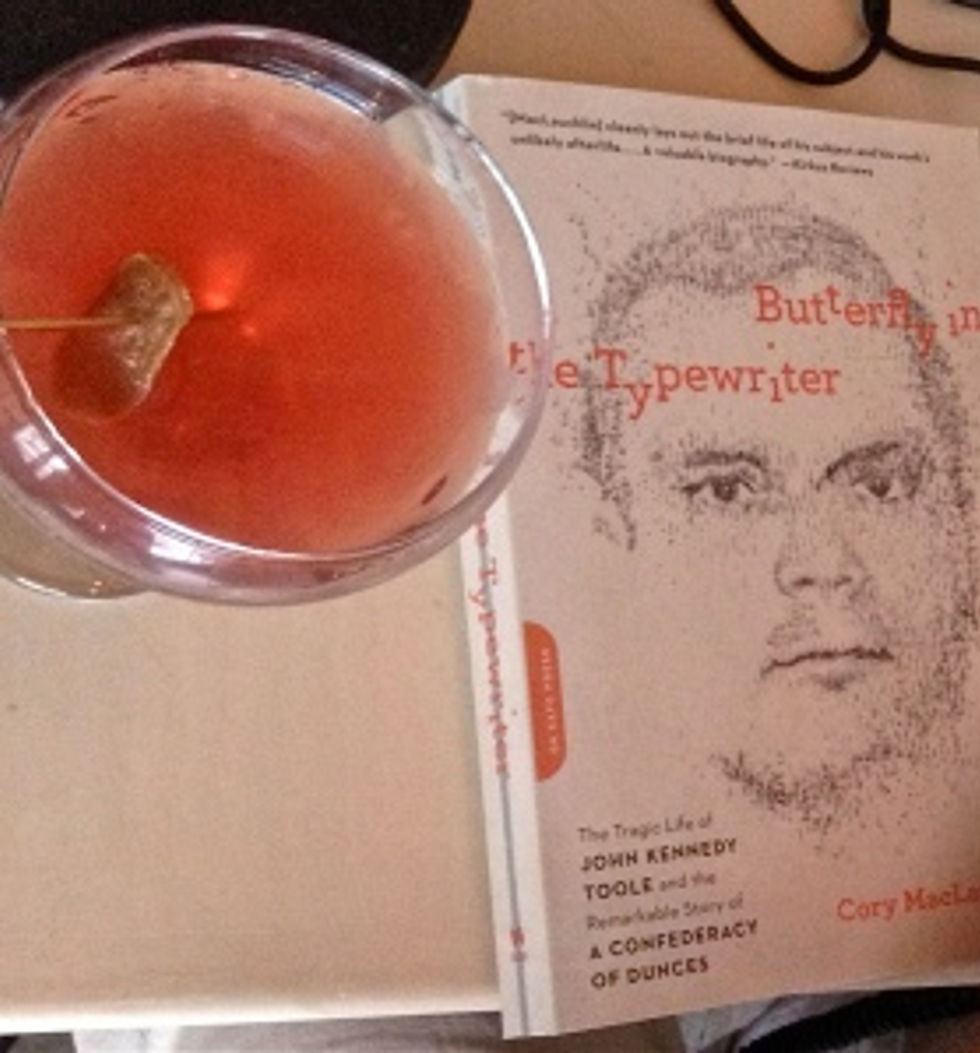Is this Toole’s Last Letter to the World?
- cmaclauchlin
- Jan 28, 2012
- 2 min read

During my last trip to the Toole Papers at Tulane I had an experience that literally sent chills down my spine. I spent an hour examining the very rough manuscript of one of Toole’s short stories titled “Disillusionment.” The structure of the piece is disorienting. But the title alone demanded my attention.
In the story, there appears to be two main characters, a middle-aged woman and a young man named Samuel. Both are outcasts. And the first scene that Samuel appears in the story takes place in the year 1937—the year of Toole’s birth.
To my surprise, submersed in this very rough draft I found one of the most wonderful descriptions of New Orleans Toole ever wrote—far more complex and rich than his descriptions of the city in A Confederacy of Dunces. And as the story carried on, I noticed clues pointing to something ominous in the design. Once Samuel found a place of refuge, a second floor apartment in the middle-aged woman’s house in the French Quarter, he ascended the stairwell, entered the room and slit his wrists. What’s even more arresting is how Toole characterizes the suicide as eerily beautiful, a moment of freedom and reconnection with someone to whom Samuel feels he belongs.
I could hardly contain myself as I read these passages in the Special Collections reading room. “Oh my god” I kept muttering under my breath, surely attracting suspicious glances from other researchers. The only question I could not answer was the date. When did he write it?
Months later, and just before I made final edits to Butterfly, I did a last minute interview with an acquaintance of Toole’s. Charlotte Powell, now the owner of Book Rack in Birmingham, Alabama, had Toole as a guest at several of her parties at her apartment in the French Quarter in 1967. I never mentioned the story “Disillusionment” to her, but she told me of one night at one of her gatherings they received word that a woman had committed suicide down the street by slitting her wrists in a second floor apartment in the Quarter.
It seems likely “Disillusionment” is Toole’s contemplation about that event. But of course he changes the victim to a young man, begins it in the year of his birth and ends it with the young man’s suicide. And all of this seems to have occured mere months before Toole took his own life.
I must admit, in the absence of his suicide note (which his mother destroyed), I often think about “Disillusionment”, as if behind the fiction lies Toole’s last letter to the world. And to be honest, it does not strike me like a cry for help. It does not strike me as a frantic moment of distress. All seems to be at peace–at least in the story.
Of course, to read those lovely passages written by Toole and my assessment of them in the context of his life… you will have to read Butterfly in the Typewriter.



Comments